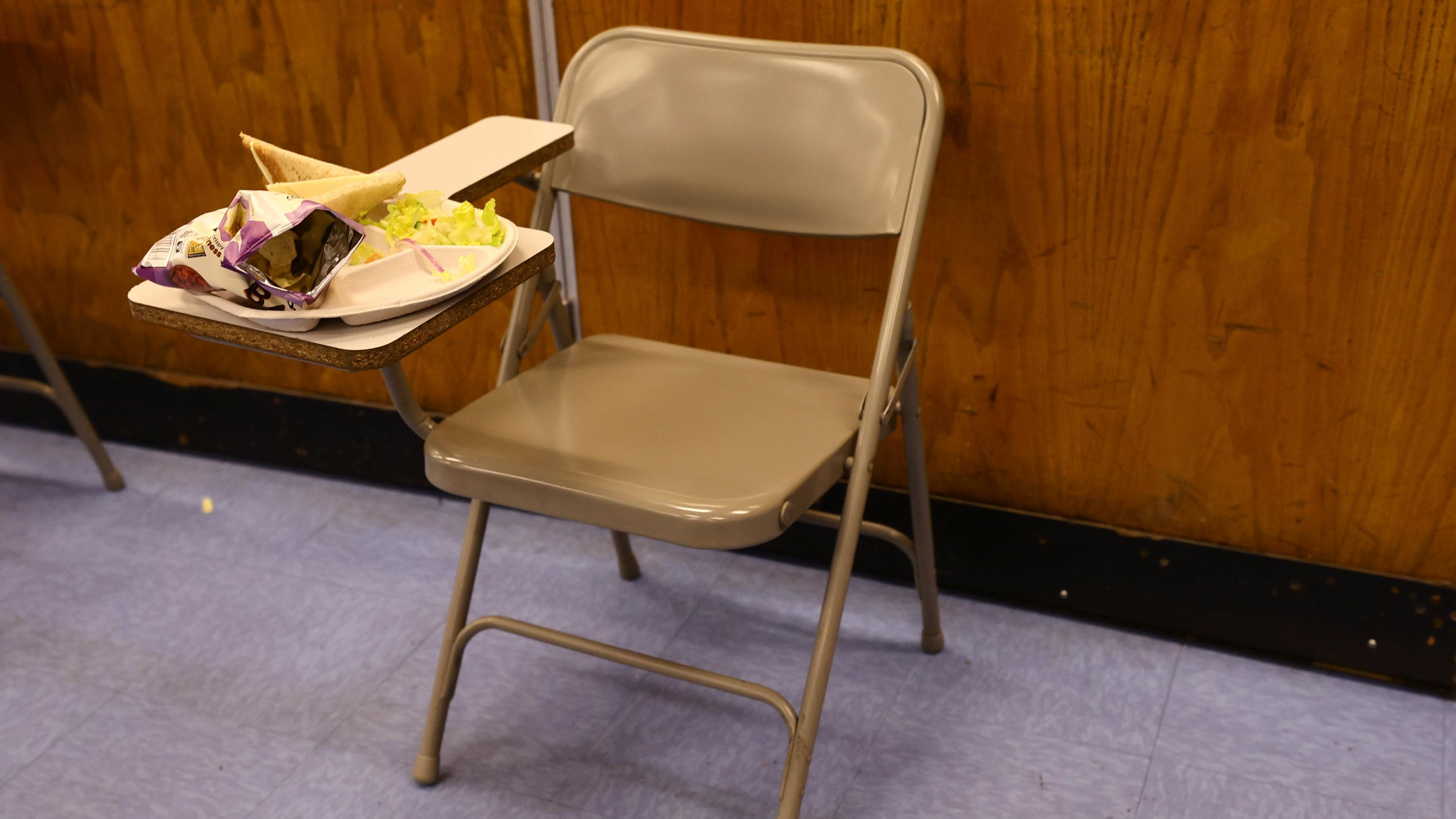Why School Lunch Programs Fail, And How To Improve Them
Kids deserve high-quality, affordable (or free) meals. But school cafeterias often fall short.
Recent news out of Illinois, as reported by NBC Chicago, brings a harsh truth about the nation's school lunch program to light. As of now, Illinois school districts participating in the U.S. Department of Agriculture's National School Lunch Program (NSLP) are required to accept the lowest bid for their food contracts. New York is the only other state currently mandated to abide by this policy.
Illinois is working to correct this with a new bill allowing schools to negotiate different bids with higher quality products. Still, this year alone the NSLP is serving 100,000 public and nonprofit private schools in the country. Who knows what kind of food each of those schools may be getting?
What is the National School Lunch Program?
On the surface, the USDA's program looks great. Started in 1946 by Harry S. Truman, it's a federally funded meal program that provides low- to no-cost meals for students of all ages—in 2020, the USDA reports that an average of 22.6 million children were served each day. Here's how it works: Participating schools receive reimbursements and cash subsidies to provide meals that meet federal nutrition and "meal pattern" requirements. Children can qualify for free meals through federal assistance programs or based on their household income. Free and low-cost meals for kids? Definitely something we can get behind.
What gets tricky is this part: "decisions about the specific foods to serve and the methods of preparation are made by local school food authorities." This is what led to the law in Illinois and New York, where legislators were more focused on saving money than focusing on the quality of the food. Yes, these meals still have to meet nutrition standards, but that doesn't mean they are necessarily the fresh, delicious, quality meals that children deserve.
Other struggles facing school lunch programs
As if their reliance on federal funding wasn't tumultuous enough, ongoing supply chain issues and labor shortages are plaguing school cafeterias as well. Last month Insider reported that the Biden administration is pushing to make cafeteria workers full-time employees to combat at least part of that problem.
In some cases, it's not a universal problem to be solved but something more scandalous that's leaving kids' lunches in jeopardy. In January, Minnesota-based nonprofit Feeding Our Future was part of an FBI fraud investigation, the Star Tribune reports. In an act that feels even more devious than stealing candy from a baby, the organization claimed to be providing meals to children in need throughout the pandemic, but instead was part of a giant scheme to defraud millions of dollars from the NSLP and launder it for personal use, spending it on property, cars, and lots of luxury items.
In New York City, Mayor Eric Adams' newly implemented vegan Fridays are turning out to be a total bust. Though the program was touted as a way to introduce students to nutritious plant-based diets, Politico reports that the meals are worse in quality and taste, things like soggy salads. Students hate the meals so much, many of them are simply skipping lunch, which negates the whole point of a low- and no-cost school lunch program to begin with.
Good news for school lunch programs
Amid the criminal enterprises and misguided menus, there are still some positive strides being taken to get higher-quality, affordable lunches to our students. The proposed bill in Illinois unanimously passed out of the Illinois House's Elementary and Secondary Education committee last week and could soon be put up for a vote before the House.
Meanwhile, in California, a statewide Farm to School program is being piloted to provide not only healthy, fresh, and organic meals to schools but provide more job opportunities for farmers and ranchers in the state. And the USDA will soon provide NSLP schools with an additional 25 cents per lunch, totaling another $750 million being put toward the program.
As we continue to rethink what school lunch looks like, it's important to remember that quality is key. It's not just about giving kids something to eat, but giving them something to enjoy and make their days a little brighter.
